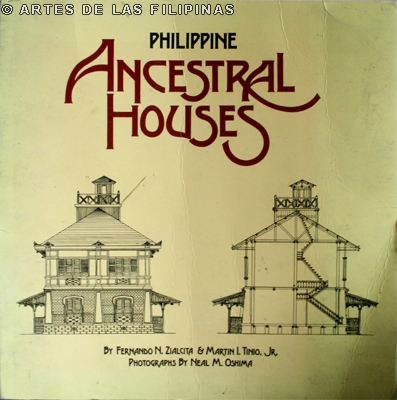
ART BOOK: PHILIPPINE ANCESTRAL HOUSES
Reviewed by: Christiane de la Paz
The two hundred and sixty-three pages of the coffee table book, “Philippine Ancestral Houses,” is a richly illustrated history and analysis of the bahay na bato – – how it came about, where, when, and how it did. It explains its architectural evolution and why particular architectural ideas occurred.
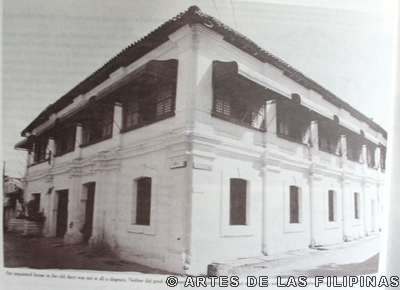
There are several other authors who have discussed the same subject: (Gilda Cordero-Fernando (1978), Felice Sta.Maria (1983) but a reader could easily gain a strong understanding of the fascinating and challenging subject from Zialcita and Tinio’s book which describes the Philippine “bahay na bato” architecture in twelve chronological chapters. Zialcita and Tinio successfully provided a framework of a Filipino architecture that guides the reader to evaluate the influence of its foreign ancestry (Baroque, Gothic, Spanish Renaissance, French, Italian), the environment, and the materials available during those times. It also provided the readers the basis for understanding the never-ending search for an “authentic Philippine architectural style.”
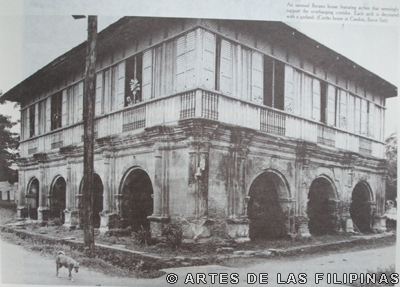
Zialcita and Tinio bound the broad picture of the development of the bahay na bato to specific places and times by opening each chapter with photographs. The strengths of this book and its contributions to the study of Philippine architecture lie in its broad description of the history of Philippine architecture: a thorough explanation of the domestic architecture of the Christian Filipinos (beginning in 16th century); its parallel exploration of the development in design of Mexican, Spanish, French, and Italian; its excellent mixture of photographs and line drawings of the bahay na bato throughout history; and its apt glossary and extensive bibliographies.
The book also took a broad approach in covering not just the architectural forms but the materials and construction techniques (which also receive treatment in a separate chapter), connections with religious beliefs and practice, the historical and economic background, and the influence of modern building styles of foreign ancestry.
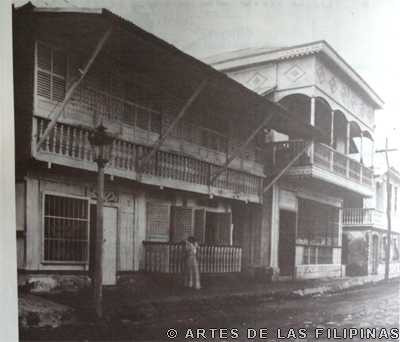
Zialcita and Tinio also managed to find room for considerable detail in going about the gathering of facts (methodologies employed) to be used as reference materials. Architectural investigation plays a critical role in making responsible decisions about treating and interpreting historical buildings, houses, and monuments. Zialcita and Tinio were successful enough to make use (and discover) of several materials: photographs, testaments, etc. to strengthen and support their facts.
A successful project to research, inventory, document, and ultimately treat and interpret a building is directly linked to the knowledge and skills of architectural investigators, researchers, anthropologists, and other historic preservation specialists. The expressed goal of Zialcita and Tinio was to protect and preserve materials and features that convey the significant history of the bahay na bato. Careful architectural investigation together with historical research provides a firm foundation for this goal. Once again, Zialcita and Tinio were successful in this undertaking.
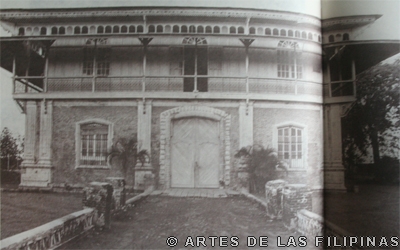
Needless to say, this significant book provides a useful and manageable historical framework for surveyors, architects, researchers, collectors, designers, students, and readers whose purpose is to acquaint, familiarize, rekindle, reminisce, teach and learn the history of early Philippine architecture. This book is a welcome and a serious addition to the literature on the history of Philippine architecture.











